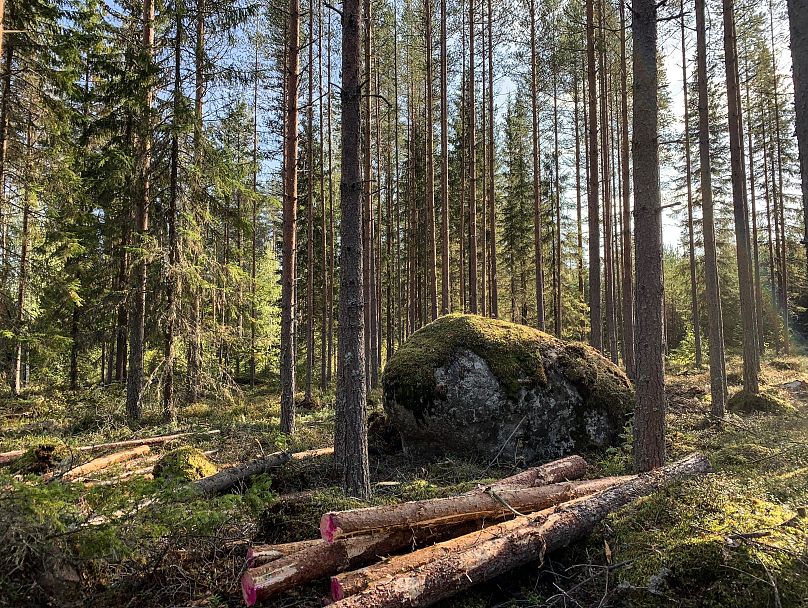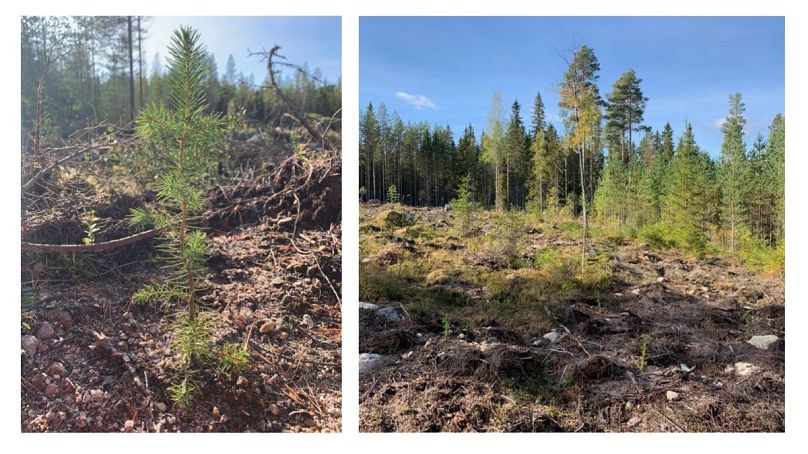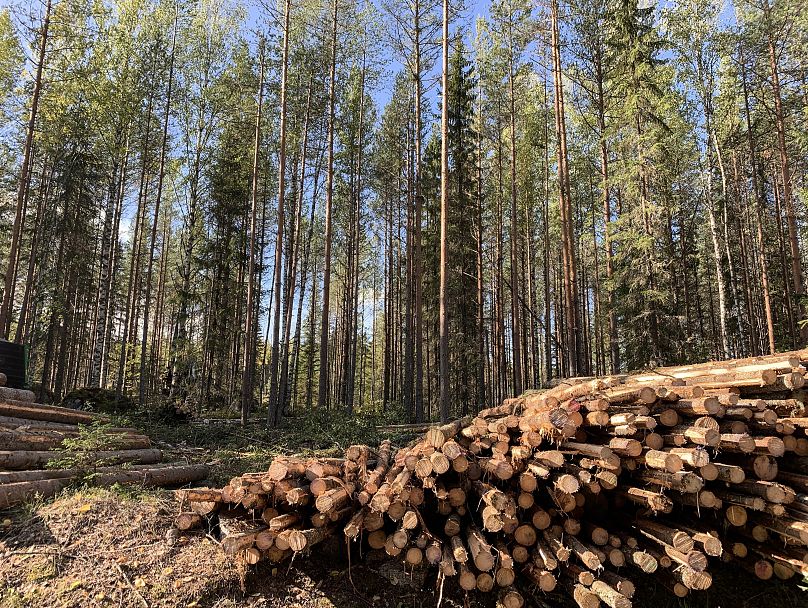The saying goes ‘cut your hair to make it grow’. What if the same was true of forests?
Mass deforestation, fires in the Amazon, fires across European forests, clearing brush to make way for palm oil production. The world’s trees have faced a tough time in recent years.
But Finland is bucking that trend. Around three quarters of the Nordic country is covered in forestland, making it the most heavily forested country in Europe. And that figure is on the rise.
The number of trees in Finland grew 4% last year, in spite of an evolving forestry industry that refused to roll over and accept the advent of a paperless society as the end of its business. Instead, it adapted, investing heavily in research and development to create new products and maintain the value of its industry.
Some 70% of Finnish forests are owned by private individuals and families, leaving the decisions on their management devolved. The majority of forestland is made up of pine, birch and spruce trees.
Metsä, a cooperative owned by 104,000 Finnish forest owners, has been leading the charge, backing innovations to create unlikely products from wood and promoting the material as a sustainable building material. By extension, it has increased its own need for the material, resulting in its recent construction of the world’s biggest biomill for wood by-products.
With the tide flowing in its favour, there has been a 50% increase in demand for its wood in construction over the past decade.
This stream of income has made it easier for forest owners to make good on an old proverb which impels them to “leave the forest to our children in a better condition than we inherited it from our parents”.
Indeed, it’s good for the environment on more than one level. A single square metre of wood stores a 50kg of CO2, while producing the equivalent amount of concrete would emit 110kg, according to Metsä.
To maintain the land, Finnish government regulations for managing the forests sustainably oblige owners to replace any felled trees. But for those managed by Metsä, four trees are planted for each one cleared.
“There will always be those who say we should leave the trees alone, and they should never be cut down,” says Niklas Von Weymarn, CEO of the group’s innovation division, Mëtsa Sping. His business is looking into using wood products to replace plastics in clothing and produce low-impact bathroom fixtures - such as sinks - that would usually be made from plastic or ceramics.
Read More | Inspirational Escapism: A collection of incredible off grid homes
“But more than 80 years of experience has shown us leaving forests unharvested creates ideal conditions for pest insects to come and breed, as well as fungi that can spread quickly to kill hundreds of trees. It can lead to very dry conditions, which makes the areas susceptible to forest fires.”
So Metsä works on small patches of forest, leaving individual grids at different stages of development, which alongside its extensive network of forest roads and lakes, help to protect against fires spreading.
The woods are cleared at after around 80 years of growth, then replanted shortly afterwards. Then, at various points approaching the 80 year stage, the forests will be cleared of brush and thinned to remove any trees failing to thrive to give the best quality shoots the space and resources to grow.
It ensures owners see continuous revenue from their land, because even the smaller, poorer quality trees can achieve returns on investment. Though unlikely to become part of hardwood construction projects, they are used for pulping and chipping, eventually becoming paper-based packaging materials or plywood filler.
Meanwhile, foresters can choose to protect those trees which make particularly good homes for local wildlife. Even when the trees are felled, the operators often leave stumps between three and five feet high to provide nesting areas for birds.
The crux of the matter is, however, that to sustainably manage forests, companies and individuals need the money and resources to hire highly skilled tree surgeons and arboriculture professionals. The easiest way for this to happen is for the forests to pay for themselves, which will only happen if there’s a market for ethically-managed, traceable wood products, which may yet prove able to replace plastics.














